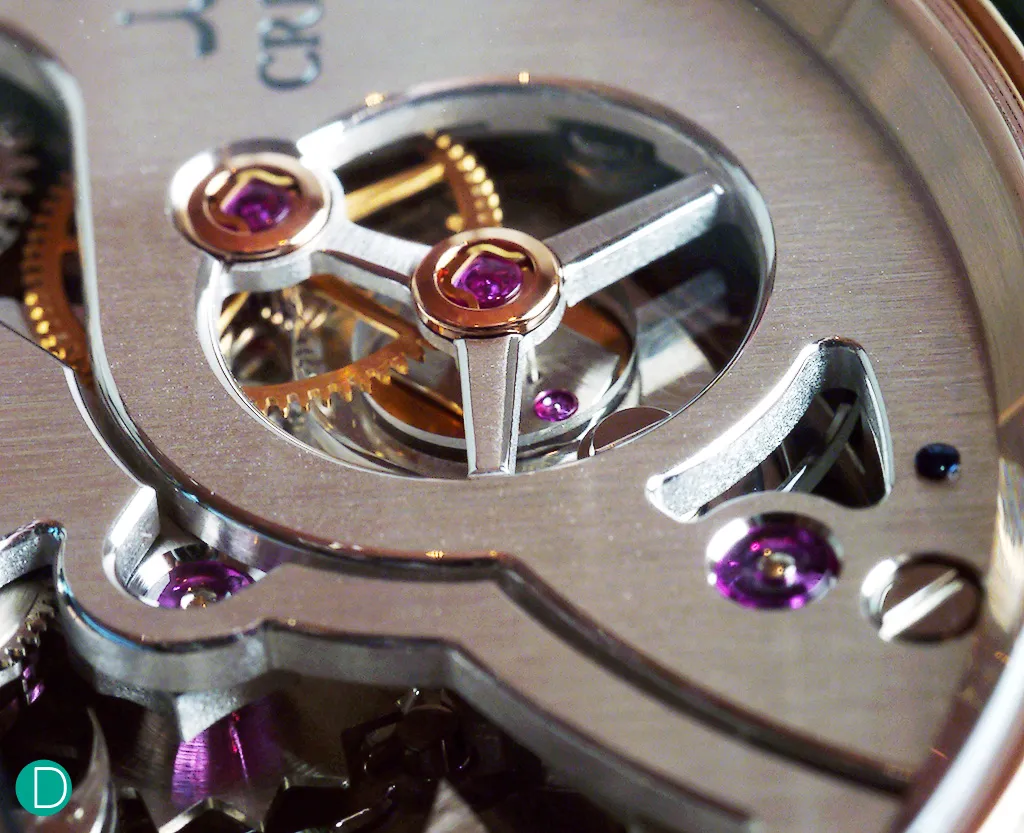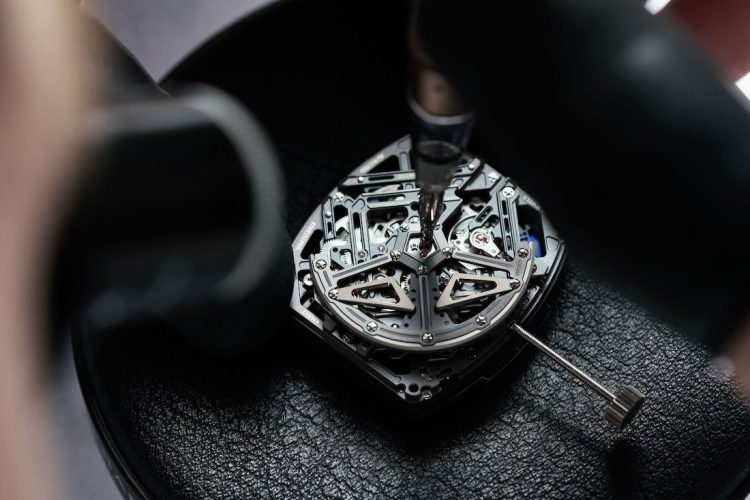In a world obsessed with precision, performance, and perpetual motion, it may seem counterintuitive that some dedicated watch enthusiasts choose to let their prized mechanical timepieces stop ticking. The deliberate decision to leave a watch unwound—allowing its gears to fall into stillness—is often misunderstood as neglect or misuse. But for many collectors, this act is not only intentional, it is rooted in deep emotional, philosophical, and even technical convictions.
This article explores the surprising reasons behind the practice of letting watches stop, unpacking the emotional philosophy of “stillness as preservation,” the science of mainspring tension and lubricant decay, and how cultural preferences shape approaches to horological maintenance.
The Philosophy of Stillness: When Inactivity Becomes Preservation
Unlike quartz watches, which silently and continuously sip from their batteries until they die, mechanical watches require human intervention to function. Whether hand-wound or automatic, they come to life only when the wearer sets them in motion. Paradoxically, that dependence on motion is precisely what compels some owners to periodically let their watches rest.
For certain collectors, allowing a mechanical watch to stop is a symbolic and emotional gesture—akin to placing a book back on a shelf between readings, or covering a classic car in the garage. The decision is rooted in a philosophy that equates stillness with respect, caution, and preservation rather than abandonment.
This mindset arises from several key emotional and intellectual considerations:
- Preserving Rarity: Vintage or rare pieces, especially those with fragile or irreplaceable components, are often left dormant to avoid mechanical wear or exposure to environmental stress. Letting the watch sleep becomes a way to protect its originality.
- Philosophy of Time: Some enthusiasts argue that mechanical watches, like art, need not be “useful” at every moment. Their value lies in presence, design, and story. Allowing a watch to stop temporarily invites reflection on the nature of time itself—time not as a countdown, but as a continuum that includes pauses.
- Avoiding Overuse: Owners of large collections often rotate pieces based on occasion, mood, or outfit. Rather than keep every watch on a winder—exposing it to unnecessary cycles—they may choose to let many rest, winding only when needed.
For these collectors, the absence of ticking is not a failure. It’s a pause, deliberate and reverent.
Mechanical Tension and Lubricant Aging: The Technical Side of Stillness
Beyond philosophy, there are technical reasons why a collector might choose to limit a mechanical watch’s runtime. Inside every mechanical movement lies a system of interacting gears, jewels, and lubricants that respond differently to motion, stress, and environmental conditions.
- Mainspring Tension: When a watch is wound—either manually or via wrist movement—the mainspring is compressed, storing energy. Over time, repeated winding and unwinding cycles can fatigue the spring. Allowing a watch to stop periodically gives the spring time to “relax,” which some believe helps preserve its elasticity over the long term.
- Lubricant Degradation: Mechanical watches rely on specialized oils to reduce friction between components. However, these lubricants age due to two key processes: oxidation (caused by air exposure) and mechanical shearing (caused by motion). While oxidation continues regardless of motion, wear-induced shearing accelerates the breakdown of oil into sludge or varnish. Letting a watch rest reduces this degradation—slowing the accumulation of debris that could affect performance.
- Component Wear: Every time a watch ticks, thousands of microinteractions occur—between pinions, pivots, and jewel bearings. Even with perfect lubrication, microscopic wear is inevitable. For collectors concerned about longevity, minimizing runtime is a rational choice.
Of course, the counter-argument exists: letting oils sit without movement can also cause them to dry out unevenly or congeal. That’s why most watchmakers recommend winding a dormant watch every few months—even if not worn—to keep the oils distributed. But full-time operation isn’t always necessary, especially if the goal is long-term preservation over daily performance.
Cultural Preferences and the Aesthetics of Maintenance
Like many habits in horology, the decision to let a watch stop is also influenced by cultural attitudes toward ownership, value, and aesthetics. In certain cultures, the act of constant motion signifies vitality and status—watch winders are displayed like art pieces, and a stopped watch might be seen as a sign of carelessness. In others, restraint and non-use can signify wisdom, patience, or even reverence.

For example:
- Japanese Watch Collectors often emphasize minimal intervention. In line with cultural values of quiet perfection and respect for impermanence (wabi-sabi), many choose to let vintage pieces rest rather than over-restore them. Timepieces are appreciated not only when worn, but as objects of still beauty.
- European Collectors in regions with deep horological traditions, like Switzerland or Germany, tend to balance performance with preservation. Watches are rotated, serviced regularly, and often placed on winders for convenience, but the decision is personal and rarely dictated by social perception.
- North American Enthusiasts often favor functionality and utility. For many, a watch must be ready to wear at all times. Stopped watches may be viewed as “inactive investments,” though this is slowly changing with the rise of connoisseurship and collecting for passion rather than status.
The collector’s decision to keep a watch in motion—or let it sleep—often reflects deeper views on what ownership means. Is the watch a tool, a companion, a piece of history, or a meditative object? The answer shapes care rituals.
Letting a Watch Stop Is Not Letting It Go
One misconception worth dispelling is the idea that a stopped watch is an ignored one. In most cases, quite the opposite is true. Enthusiasts who let their watches stop tend to be those most aware of the machine’s inner life—their gestures born not from neglect but from deep understanding and care.
They may store the watch in a humidity-controlled safe. They might wind it gently once a month to circulate lubricants. They may even document their winding schedule and service records with meticulous detail. For them, stopping a watch is a conscious, curated choice, not abandonment.
In the same way a violinist doesn’t leave a Stradivarius on constant display or a collector doesn’t over-expose a rare painting to light, a watch’s silence can be a form of protection. It’s a choice to prioritize long-term health over daily function.
Stillness as Luxury
In an always-on world, stillness has become a new form of luxury. This extends not just to lifestyle but to objects. A mechanical watch that rests—tucked away in a leather box, its hands frozen in time—is a reminder that not everything needs to move to be meaningful.
There is a growing sentiment among younger collectors that ownership doesn’t demand constant use. Instead, owning a mechanical watch includes the right to decide how and when it comes to life. Some collectors take pleasure in the ritual of winding. Others find joy in the knowledge that the watch will awaken again one day, just as they left it—faithful and unchanged.
Conclusion
Letting a mechanical watch stop may seem at odds with the object’s intended purpose: to measure and mark the passage of time. But for a segment of the watch community, stillness is not failure—it’s philosophy. From the physical realities of spring tension and lubricant decay to the emotional resonance of paused motion, allowing a watch to rest is a choice imbued with meaning.
Whether driven by preservation, personal philosophy, or cultural tradition, the decision to let a mechanical watch stop is one of quiet respect. In the stillness of a dormant movement lies not neglect, but intention. And for many, that intention is what elevates watch collecting from a hobby to an art.





































